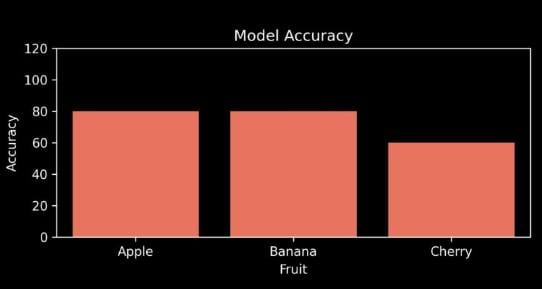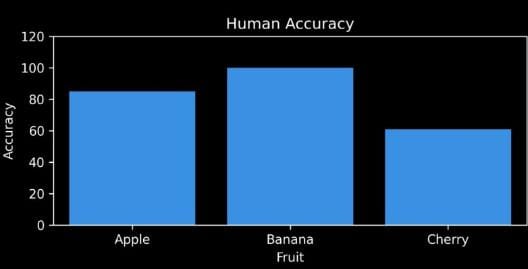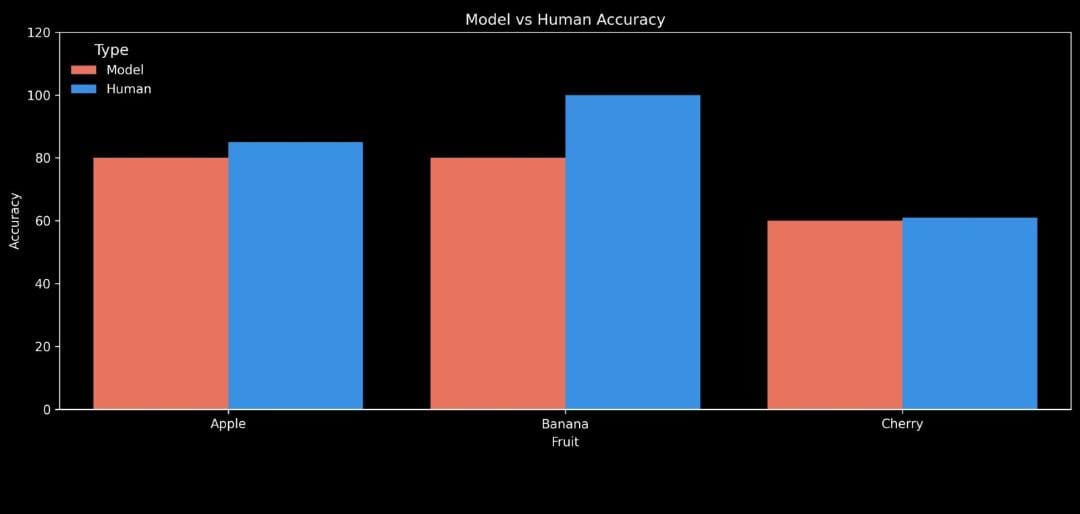Accuracy Without Context Is Like a Ship Without a Compass
Mon Apr 21 2025 00:00:00 GMT+0000 (Coordinated Universal Time)
Ah yes, the classic beginner's mindset: if the accuracy number is high, the model must be a genius! Logic? What’s that?
Accuracy Without Context Is Like a Ship Without a Compass
Many beginners believe that higher accuracy automatically indicates better model performance. However, there's much more to the story of machine learning when applied in the real world.
The Scenario
Imagine you're building a multi-class classification model to predict three types of fruits: Apples, Bananas, and Cherries.
Here are the model’s accuracy scores after testing:

- Apple: 80% accuracy
- Banana: 80% accuracy
- Cherry: 60% accuracy
Seems obvious, right? Cherry is the worst-performing class. But hold on! Your answer might be correct for your college project or any hackathon, but this is not how real-world ML works!
There’s more to this story.
What’s Missing? The Baseline
What you’re missing is a baseline.
Without a comparison, accuracy numbers alone can be misleading. In machine learning, the baseline is not just a reference point, it’s the context that defines our understanding of model performance. Without it, accuracy becomes an illusion, masking the true strengths and weaknesses of our systems.
Manually Labelling by Humans
In this scenario, let’s set the baseline by asking team members to manually label the same fruit images.
Here’s how they performed:

- Apple: 85% accuracy
- Banana: 100% accuracy
- Cherry: 61% accuracy
What We Learn from the Baseline
Now things get interesting. Based on this baseline, it’s clear that:

- The model performs close to humans on cherries (60% vs. 61%).
- It struggles significantly with bananas (80% vs. 100%), even though 80% might seem fine at first glance.
- For apples, it’s almost there, but not quite matching human performance.
What’s the Lesson Here?
Accuracy doesn’t tell the full story. You need to measure against a baseline, whether it's human performance or a simple method like random guessing, before deciding where your model truly struggles.
Many ML beginners tend to focus on the lowest accuracy class as the problem area, but context matters. Without a proper baseline, you might be focusing on the wrong issues.
Final Thoughts
So, the next time you're evaluating a model, remember: accuracy is only as good as the context it's placed in.
Share
← Back to Home